How to Stop Fish Attacking Others in Aquarium: 90% People don’t know this
Check Our Quick Stories
Ornamental fish attack each other and it’s a very natural thing to them. But the attacking frequency and intensity of fish in an aquarium depend on several reasons. Lots of beginners make mistakes initially while choosing their aquarium fish and that’s why the fish tank becomes a disaster.
As a whole, most of the fish become aggressive to protect their territories & that’s why they attack weak or comparatively small size fish. Choosing fish according to their similar adult size can reduce this tendency. In addition, disorientation of tank decoration can reduce this attacking intensity too.
We know that this two-line answer may not have satisfied you. But don’t worry; here we are going to discuss this topic comprehensively. So without wasting much time let’s dive deep into the topic.
How do you stop fish from attacking others in an aquarium?
There are several ways to reduce the attacking intensity and frequency of aquarium fish. 90% of the beginner aquarists do not know these ways actually.
We have seen lots of aquarists add excessive foods to get rid of this. However, this is not a way to solve this issue. Let’s discuss the real way to get rid of this issue.
-
Choose fish according to their similar adult size
We have seen some beginners want to build a community fish tank & try to keep all types of fish in that aquarium. However, this approach is wrong to build a successful community fish tank.
If you want your fish to thrive for a long period of time then the tank’s aggression must be lower than other tanks. In this case, the adult size of aquarium fish plays a very important role. You must choose such fish at the initial stage whose adult size is approximately similar to each other.
This helps to reduce the aggression of the whole tank. No fish can bully other fish. For example, you cannot keep goldfish with guppies. Despite being peaceful fish, it is not recommended to keep them together according to our fish keeping experience.
The average adult size of goldfish is 6 inches whereas guppies grow only an average of 1.5 inches long. In this case, goldfish can show aggression towards guppies.
Read More:- Is goldfish compatible with cichlids?
-
Fish should be chosen according to their nature
This point is linked with the previous one. You cannot always choose fish for your community tank by measuring their average adult size. You have to check their nature too.
For example, the average size of goldfish & some cichlids are similar. Now if you choose fish according to their average adult size then in this case the community tank will be a disaster. It is because you must choose fish according to their nature too.
As a whole, cichlids are very aggressive in nature and other peaceful fish e.g. goldfish cannot live with it. So to reduce the intensity of attack in your aquarium you must keep this in your mind.
-
The size of new fish shouldn’t be less than existing fish
Lots of aquarists love to add new fish to their existing community tank. In this case, you must remember that the size of the new fish must be equal to or more than the existing fish in the aquarium.
Fish have tendencies to attack new fish who enter their territories. So before choosing fish it is mandatory to check.
The reason behind it is that new fish which have a bigger size can defend themselves from the attack of existing fish in the aquarium easily (exceptions may occur).
It is very rare that newly added fish in the aquarium start attacking the existing fish. They need time to establish themselves in a new tank. So generally newly added comparatively bigger fish can survive easily in a community tank.
If the size is smaller than the existing fish of newly added fish then You must add proper hiding places in the aquarium. Otherwise attacking intensity will be increased depending on the existing species in the tank.
-
Re-establishing tank decoration helps to reduce aggression
The previous three points are applicable before choosing fish for the aquarium. It means if you want to get a peaceful, active & healthy community tank then you must follow those points.
However, after following those steps, if you see that your fish are still attacking each other in the aquarium then you can re-establish the tank orientation. Basically, fish attack other fish just to protect their territories. Re-establishing the tank orientation changes the whole territories of existing fish. At that time they cannot understand their territories and reduce the attacking frequency to the other fish.
Here re-establishing the tank means changing the position of the decorations & other materials of the aquarium. This process is very much effective to reduce the attacking frequency of fish to each other.
-
Get the aggressor fish out of the tank for a few days
This point is applicable if the previous point is not working for your fish tank. There may be some ornamental fish in your tank that is very much aggressive and territorial in nature & they always try to attack their tank mates in the tank.
Now you cannot keep them calm just by disorienting the tank decoration. In this case, you have to keep the aggressor alone. You don’t need to build another tank for it. All you need is a box where you can keep that aggressor alone inside of the tank.
Make sure to keep an open space at the top of the box from where water circulation can occur flawlessly. The temperature must be similar to the mother tank inside the box. This procedure has the ability to change the nature of the fish according to our research.
Read More:- How to Stop Fin Nipping in Aquarium: With 9 Popular Fin Nippers
Top 5 popular predators fish for aquarium (With Pictures)
Here we have discussed some ways to tame the fish aggression in the aquarium. However, there are some aggressive fish that you can’t control anyhow.
So it is mandatory to know about the top 10 most popular predator fish for aquariums. This will help you to choose fish wisely for your aquarium. Let’s get started
-
Flowerhorn Cichlid
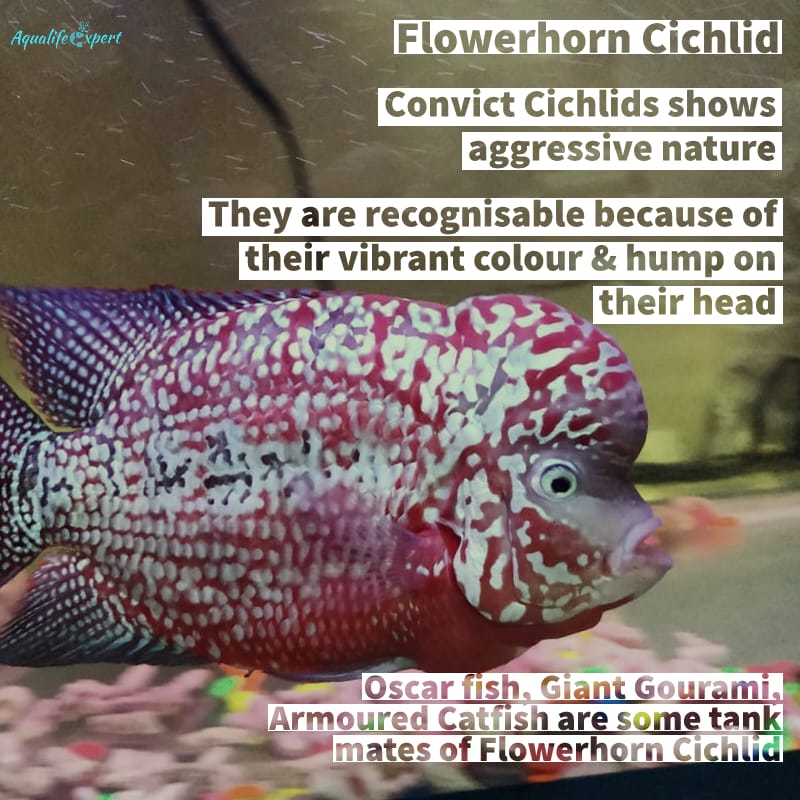
The flowerhorn cichlid is the most popular aggressive fish species according to us. This is popular because of its look. You can identify it easily by its unique body shape & vibrant red & pink color. The hump of their head is the most noticeable thing of this species.
To keep this fish species you must choose a fish tank with the size of above-average (70-gallon). This fish is very aggressive & likes to stay alone in a tank.
However, this fish has very little compatibility with other fish. So do not keep this fish in the same tank unknowingly.
Oscar, armored catfish, giant gourami can be some suitable tank mates of flowerhorn cichlids. Do not keep small fish or invertebrates with it.
If you have flowerhorn fish already then you must need special food him. right? Here you can get that special food only for flowerhorn fish in Amazon. Check it now.
Read More:- Are Snails Compatible With Cichlids? Comparison With Each Cichlid
-
Jaguar cichlids
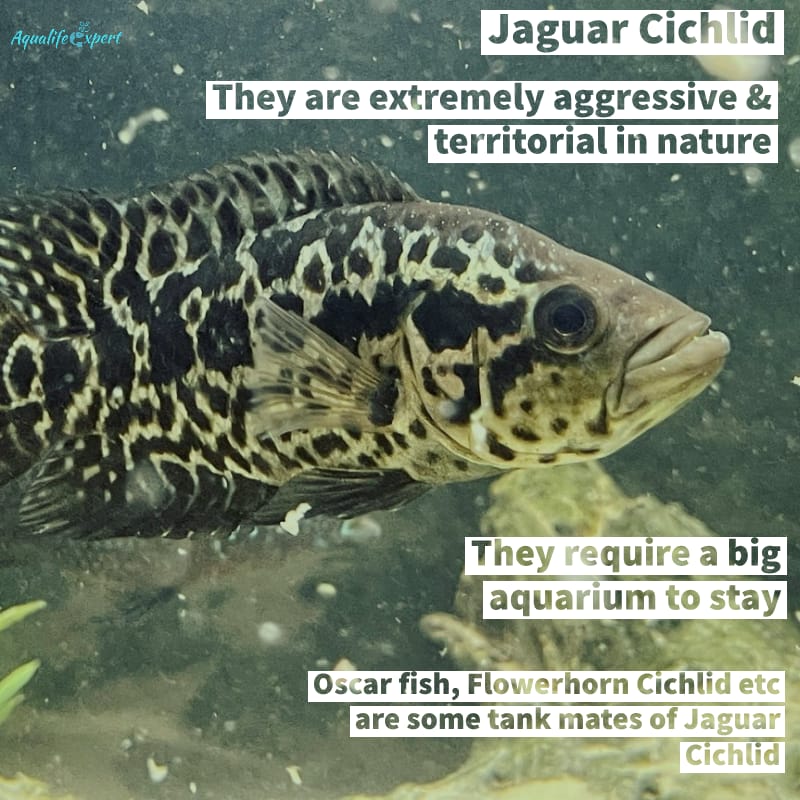
Jaguar cichlid is another aggressive fish like flowerhorn. This grows up to 16 inches long in an aquarium. So you require a pretty big aquarium to keep this fish healthy and happy.
As this fish is a good swimmer, a 100-gallon aquarium can provide enough space to thrive jaguar cichlid. This fish is aggressive but you can keep a pair of jaguar cichlids in an aquarium. Flowerhorn, oscar, convict cichlids can be some good tank mates of it.
However, no such fish can be the ideal tank mates of jaguar cichlid until or unless you provide proper food, space & other parameters.
To keep jaguar cichlids happy & healthy you have to provide nutritious food to them. TetraCichlid has brought an amazing food for cichlids to the market. Here is the link to check the price.
-
Convict cichlids
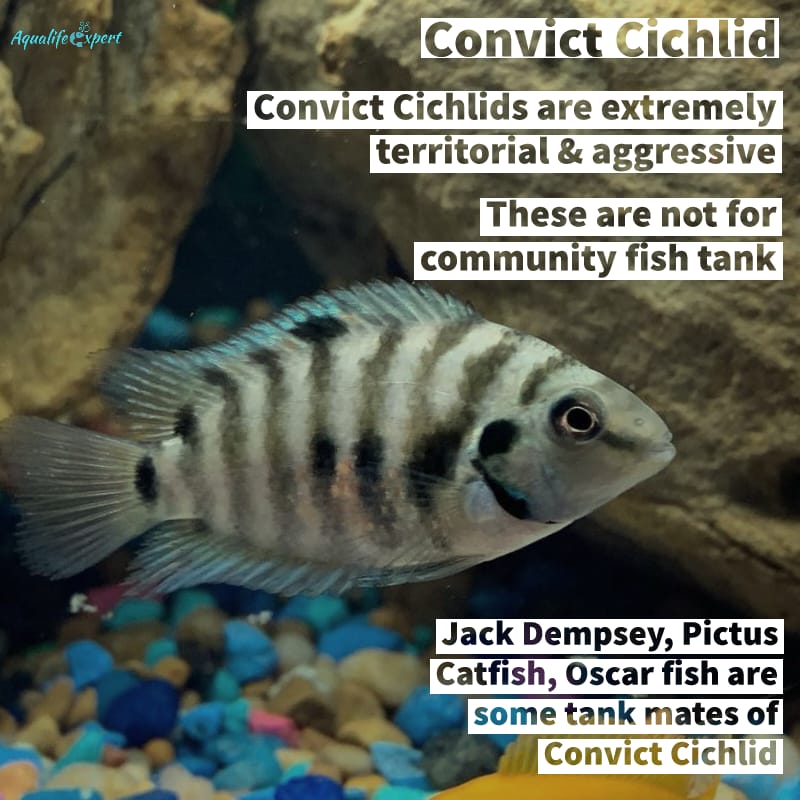
Despite being aggressive fish, convict cichlids are not so difficult to keep in a fish tank. This is not big enough like flowerhorn cichlids or jaguar cichlids. This grows up to 5 inches long.
If you mimic its natural habitat well then it will not show much aggression. Plenty of space is required to keep them healthy. This fish is completely incompatible with peaceful or slow-moving fish. It should not be kept in a community tank also.
Finding an ideal compatible fish of convict cichlid is hard for an experienced aquarist too. However, you can try oscars, silver dollar loaches, clown loaches can be some possible tank mates of convict cichlids. Do not keep male & female convict cichlids in a tank.
As convict cichlid keepers require proper decoration to reduce the aggression of the tank so we are recommending 2pieces of stackable aquarium decoration rock caves for a very little price. Check this out now.
Read More:- The AGGRESSION of Convict Cichlids: Compatibility Test
-
Oscar cichlids
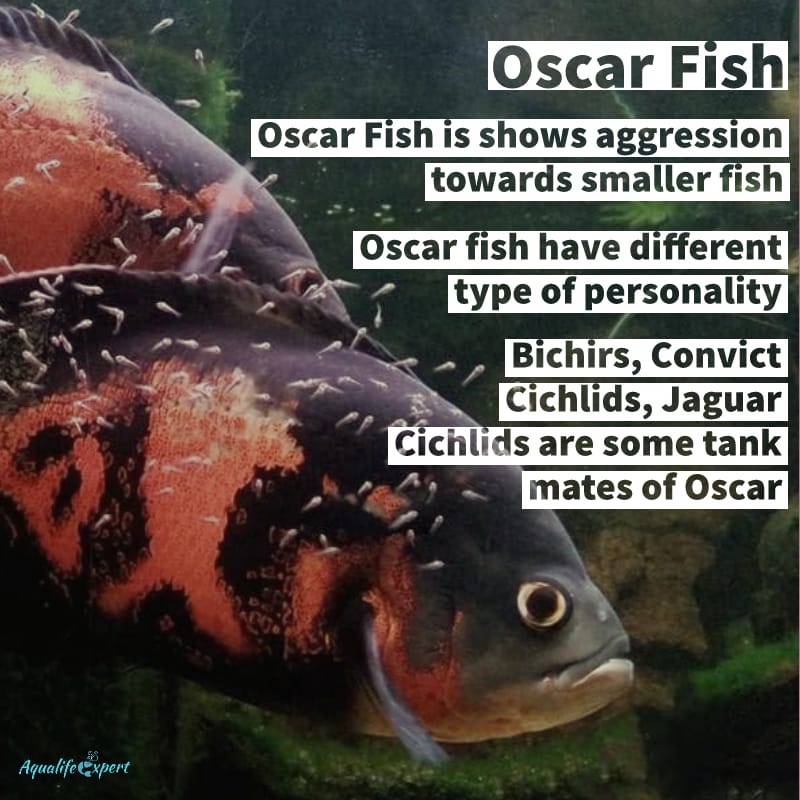
Oscar cichlids are considered a semi-aggressive but very popular fish species. Its nature is very unpredictable so we marked its nature as semi-aggressive.
This fish prefers to live as a pair or in a group. As this fish grows very fast we recommend keeping this in a minimum of a 55-gallon tank. Small swimming space provides a lot of stress to these fish that is not actually good for them.
Oscar fish is very territorial in nature. So do not keep any type of fish with it. It becomes aggressive when they see other fish as their potential enemies. So a species-only tank is recommended for it. However, flowerhorn, jaguar cichlids may be good tank mates of it.
Here we are recommending an amazing aquarium decor only for Oscar tank for a very little price. You can check this out here.
-
Redtail shark
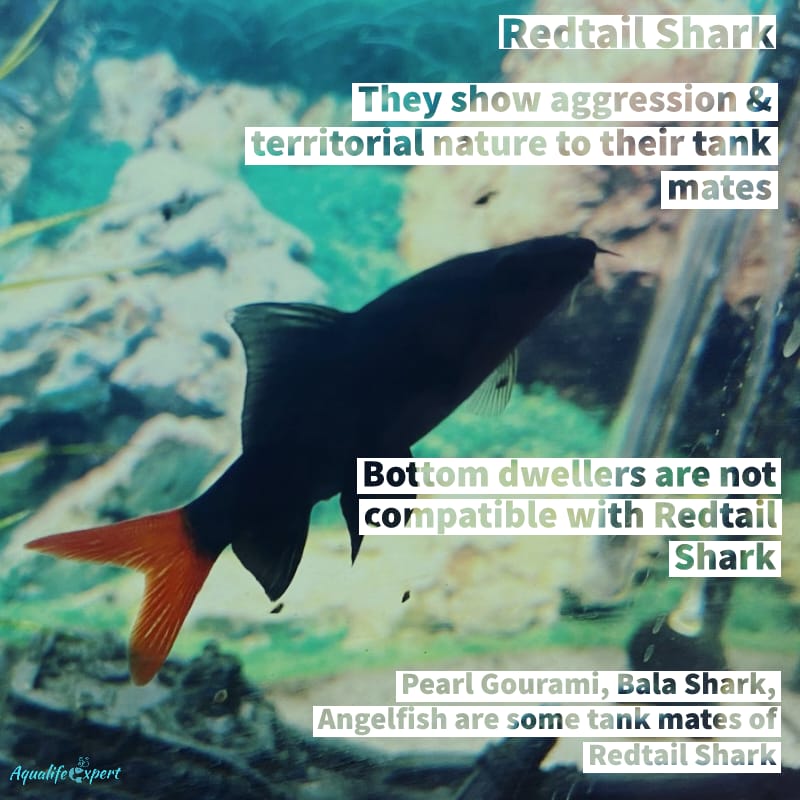
Redtail sharks are not like flowerhorn or jaguar cichlids. It grows not more than 6 inches. Despite its comparatively smaller size, you must provide a minimum of a 55-gallon fish tank.
This amount of space is required for its active & aggressive nature. They show their aggression towards their wrong tank companion. Insufficient space, food are the main causes of their aggression.
This fish is not suitable to keep with bottom dwellers. Pearl gourami, bala shark & angelfish can be some potential tank mates of red tail sharks. However, we don’t recommend keeping a pair of red tail sharks in a tank. It will be riskier for a community fish tank.
So best of luck & happy fishkeeping 🐟
Read More:- 9 Best Aquarium Fish To Breed For Profit

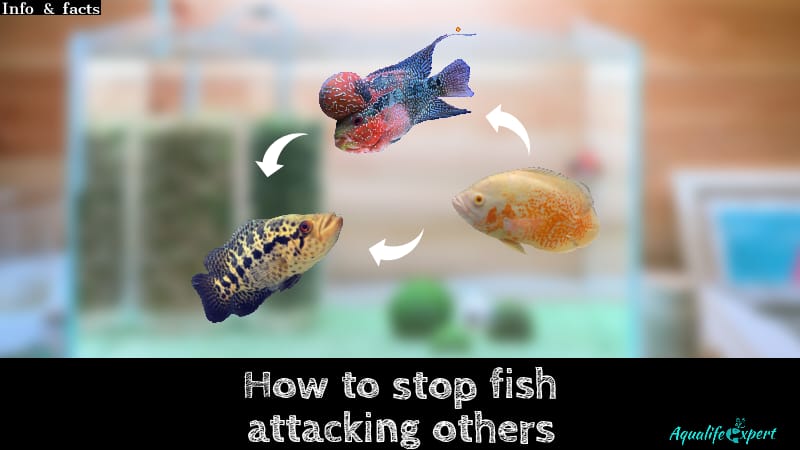

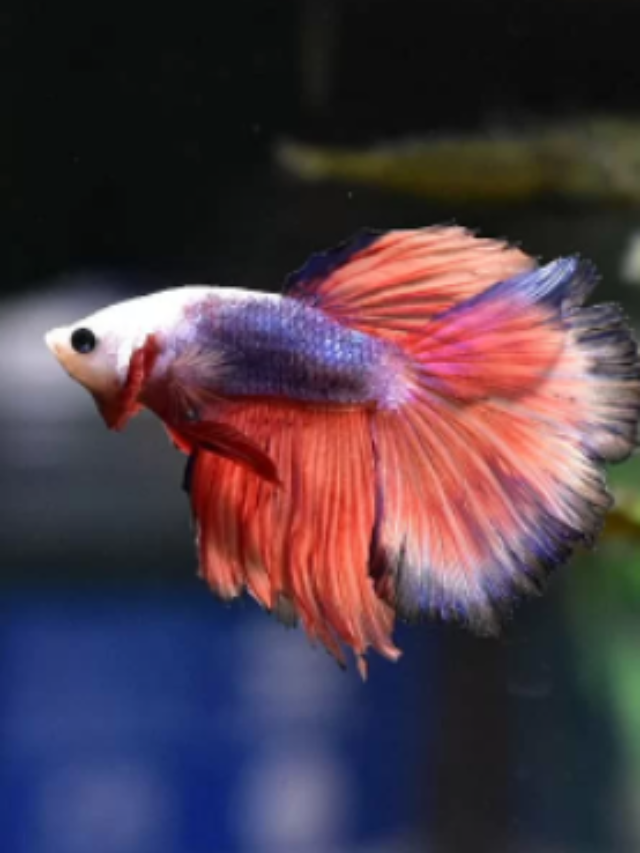

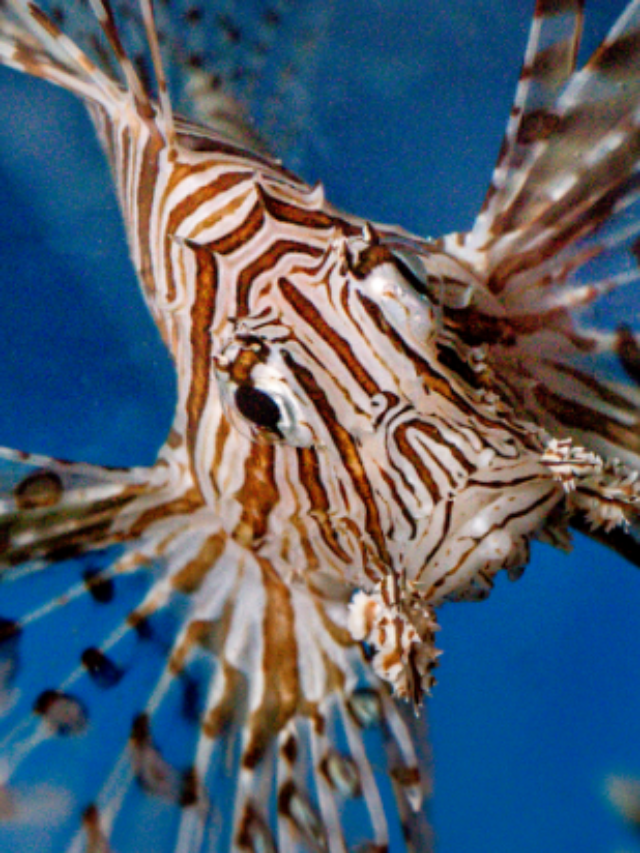

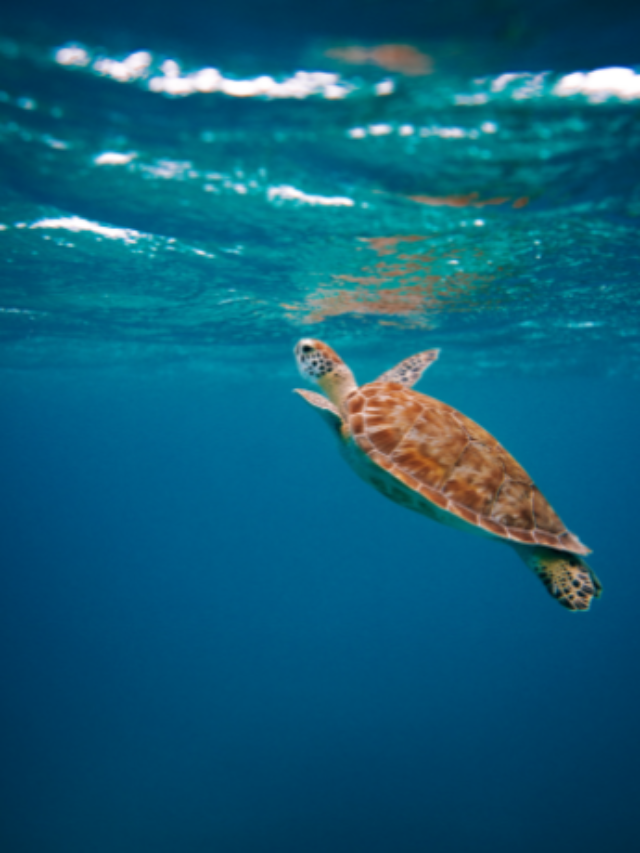
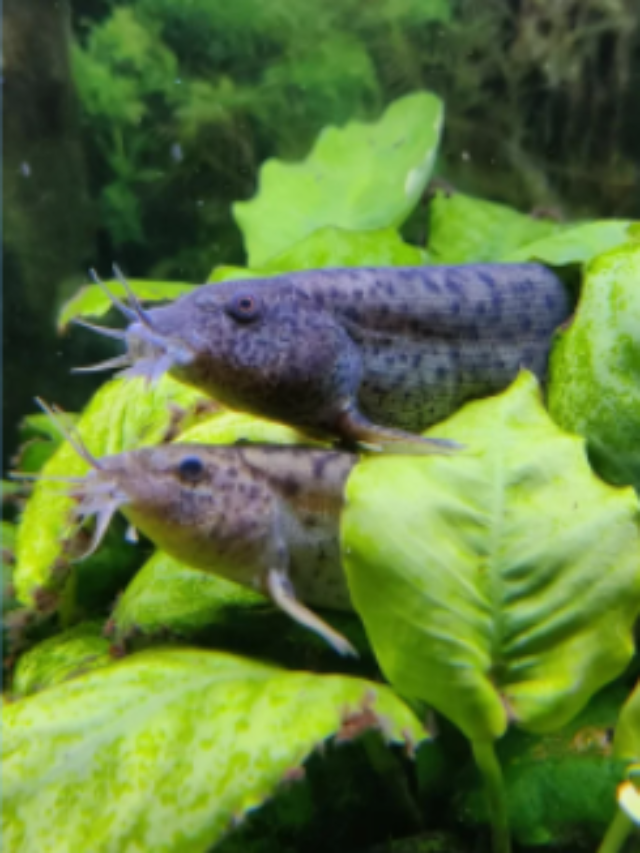
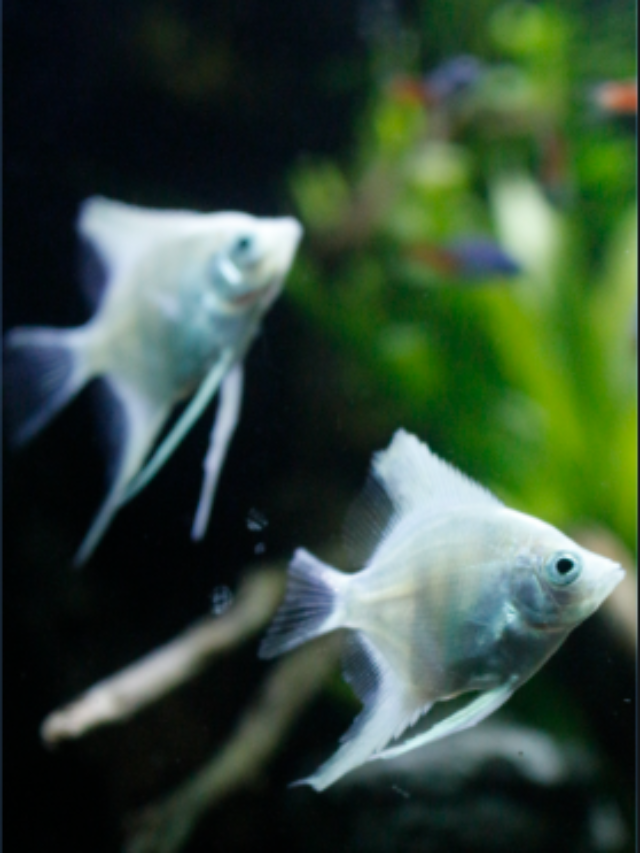
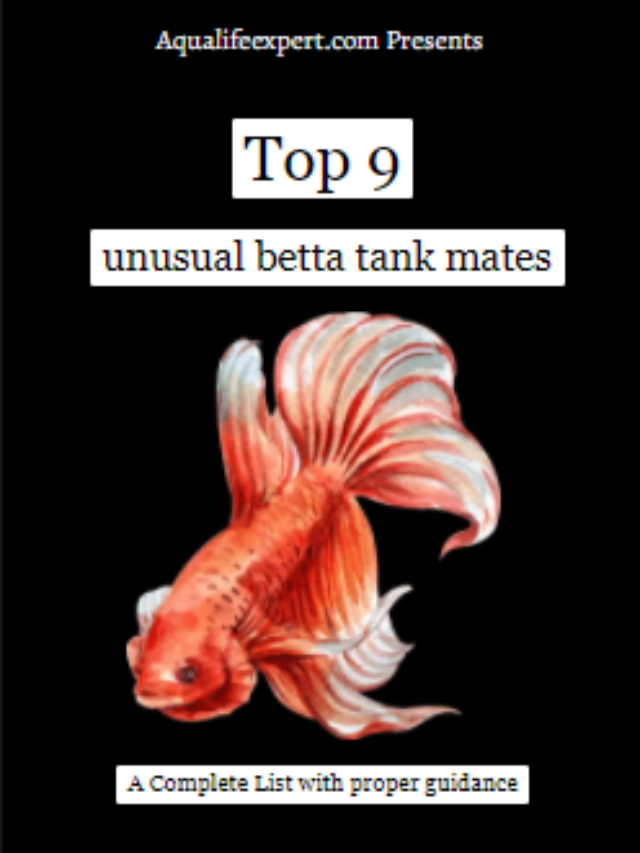

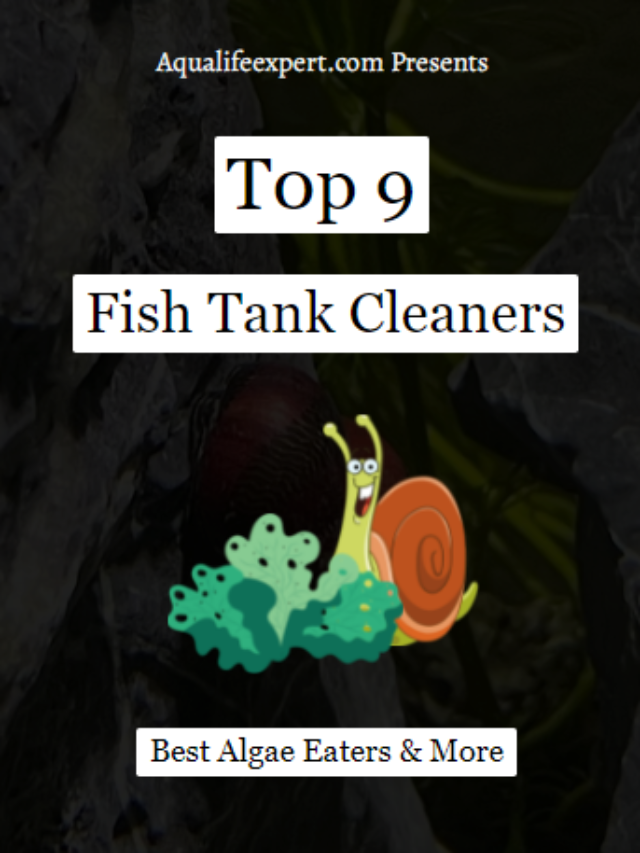




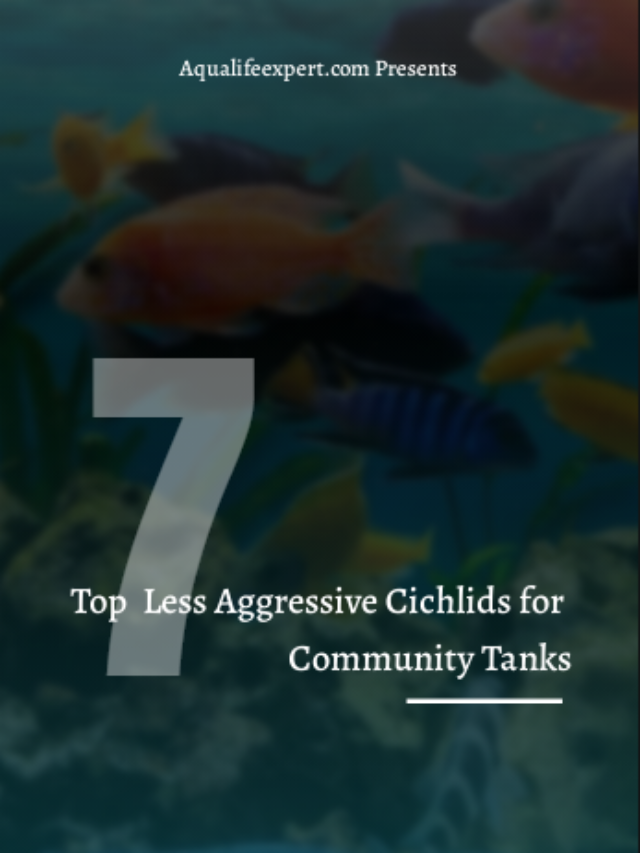
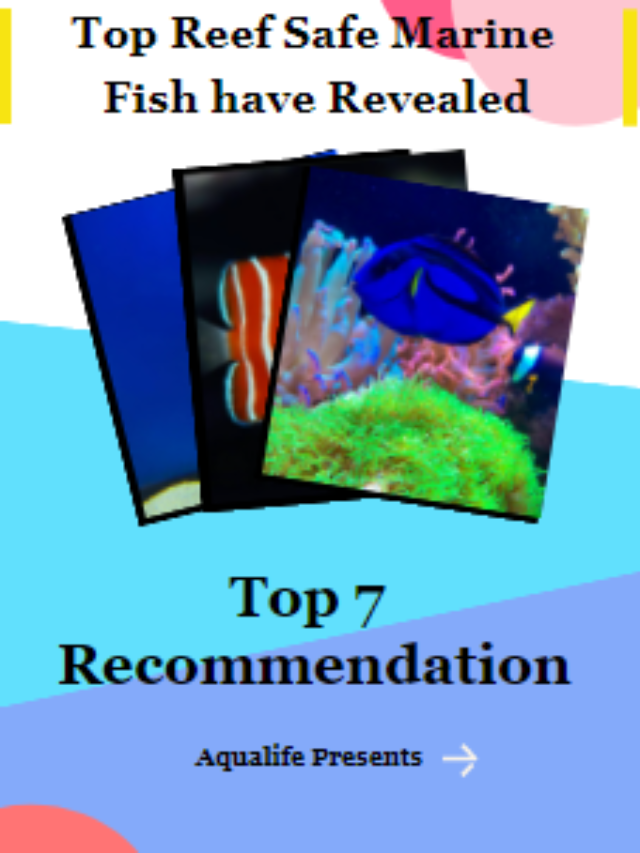


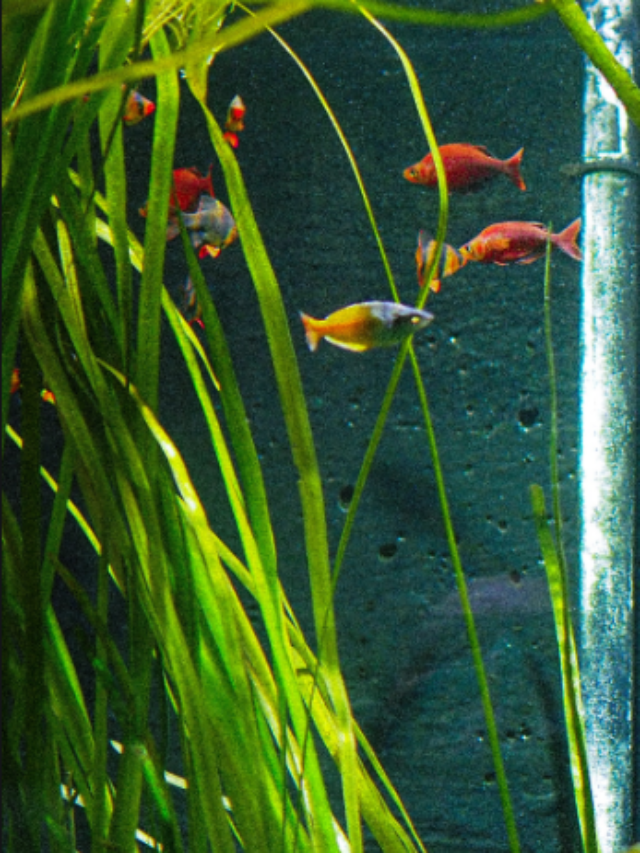



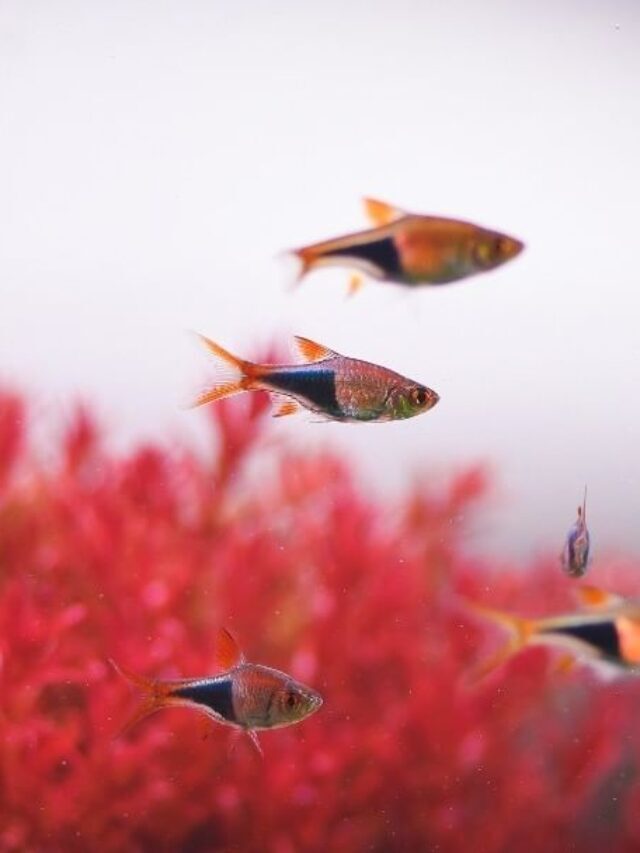

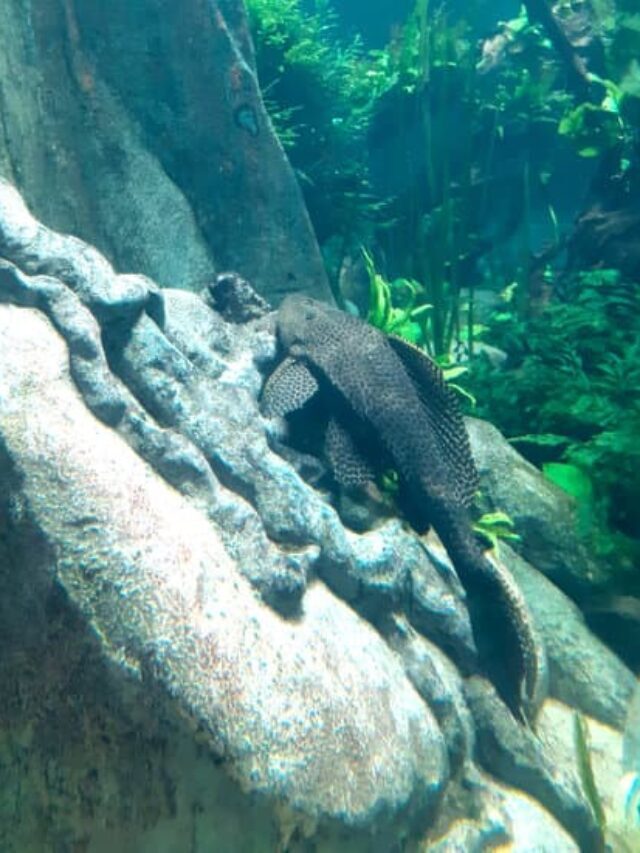
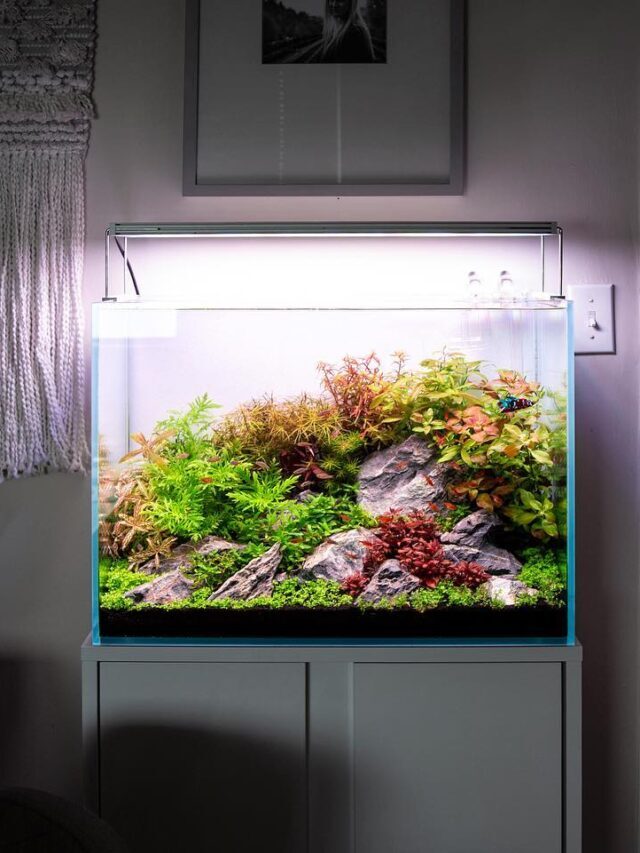
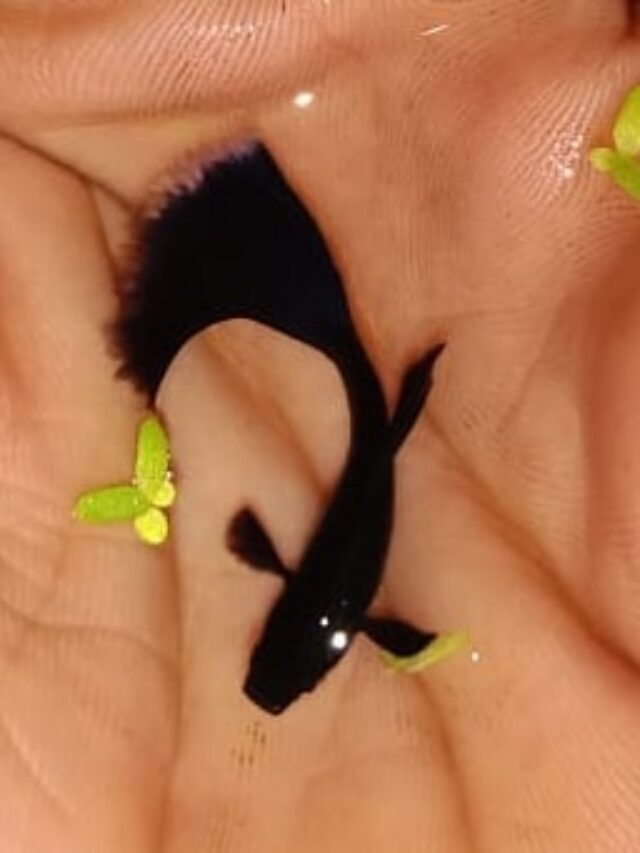
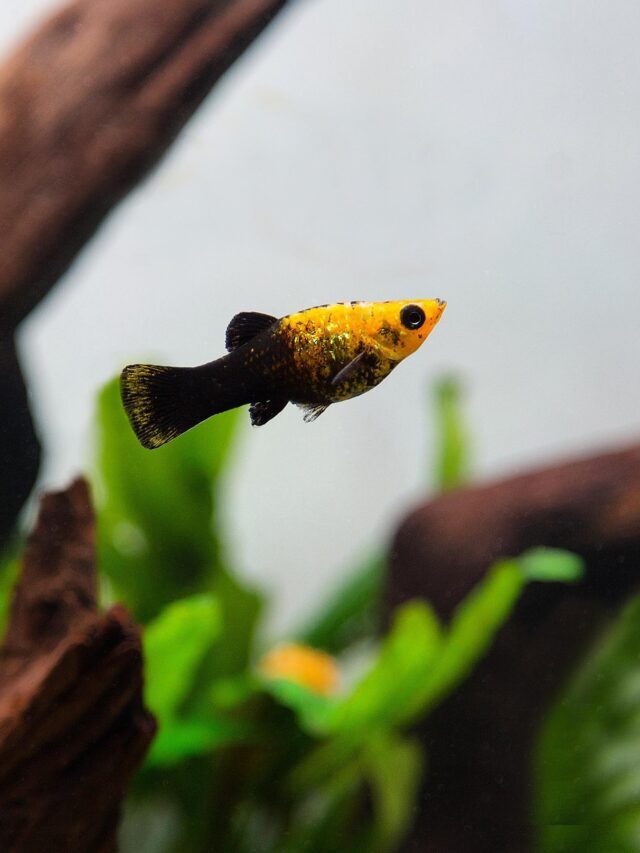
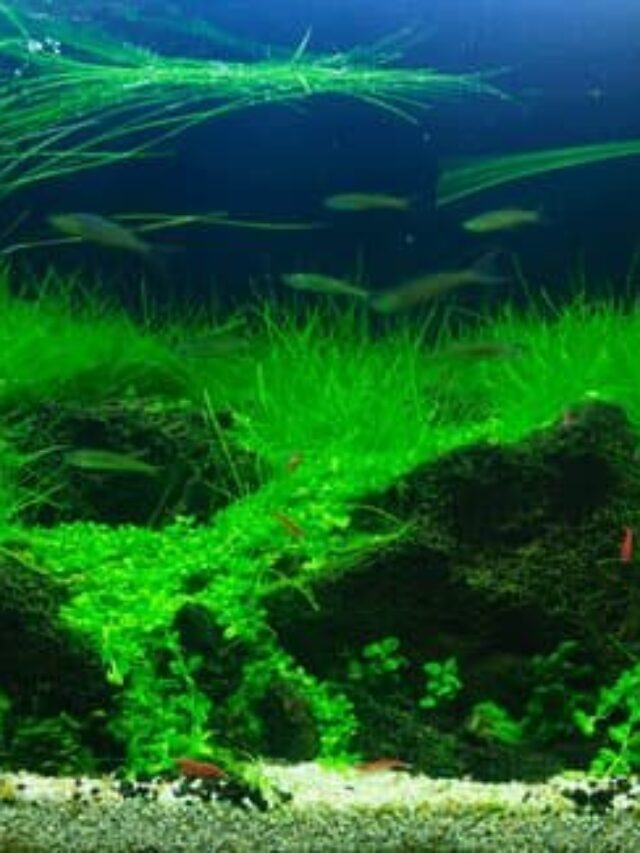
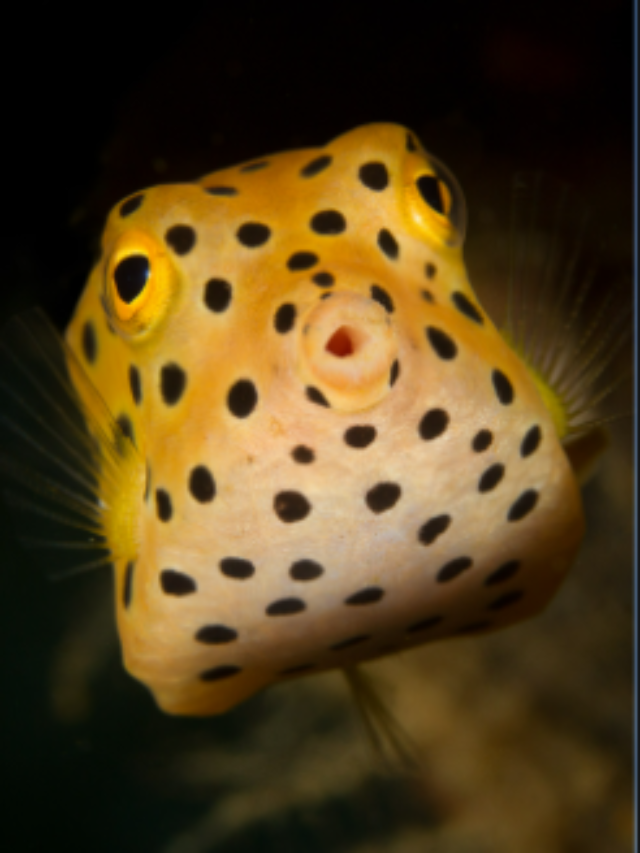


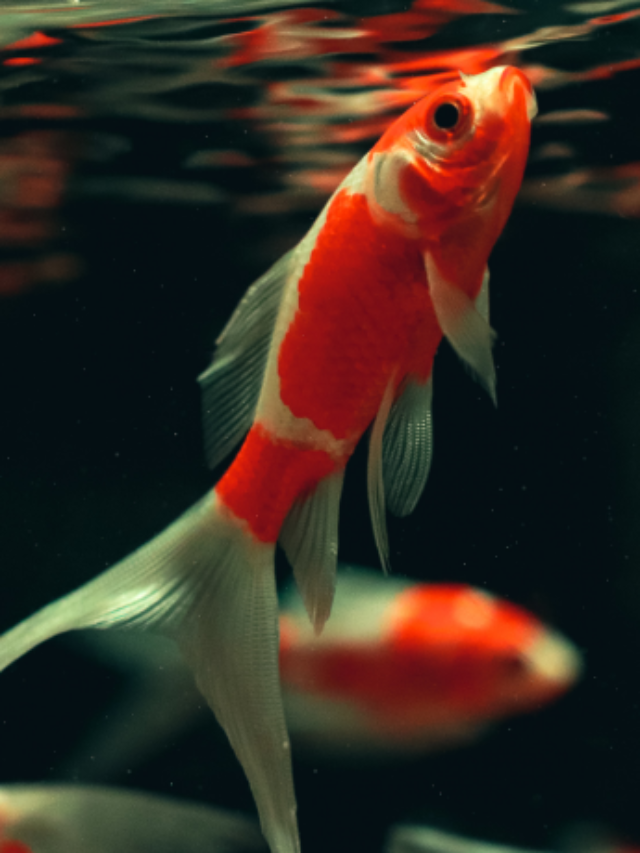

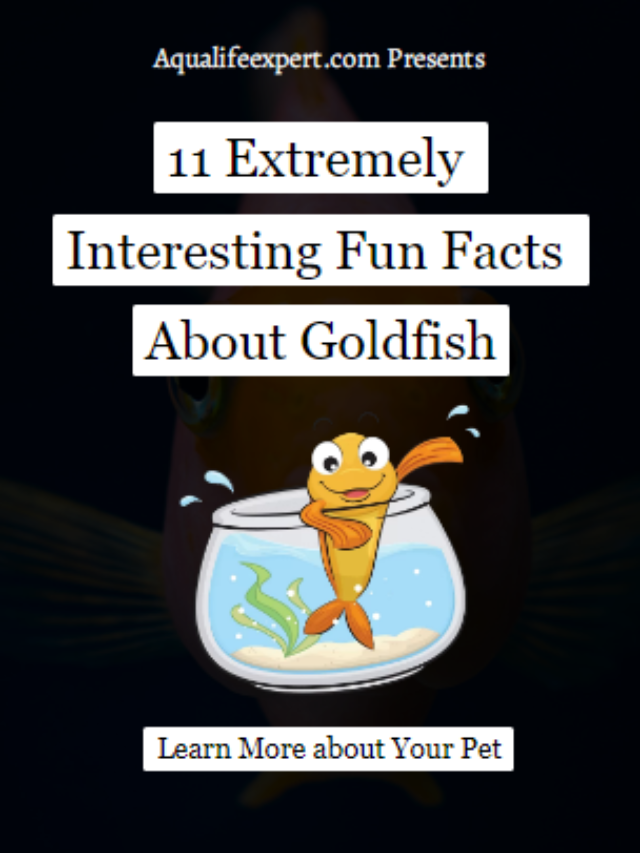
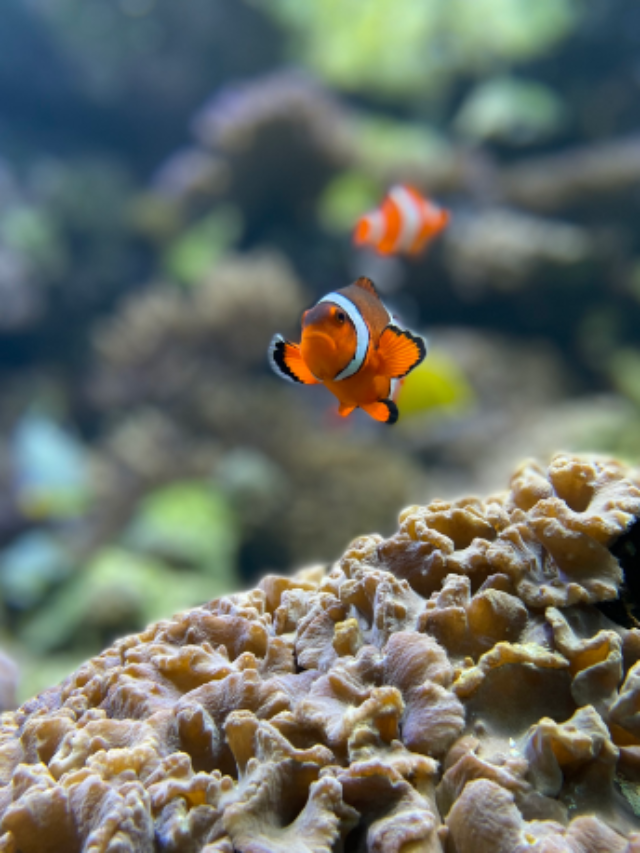
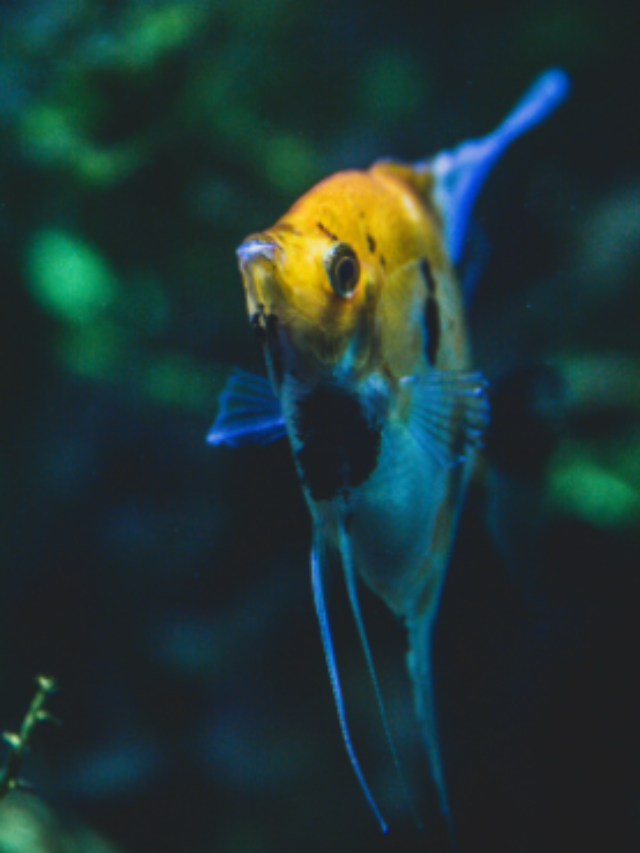

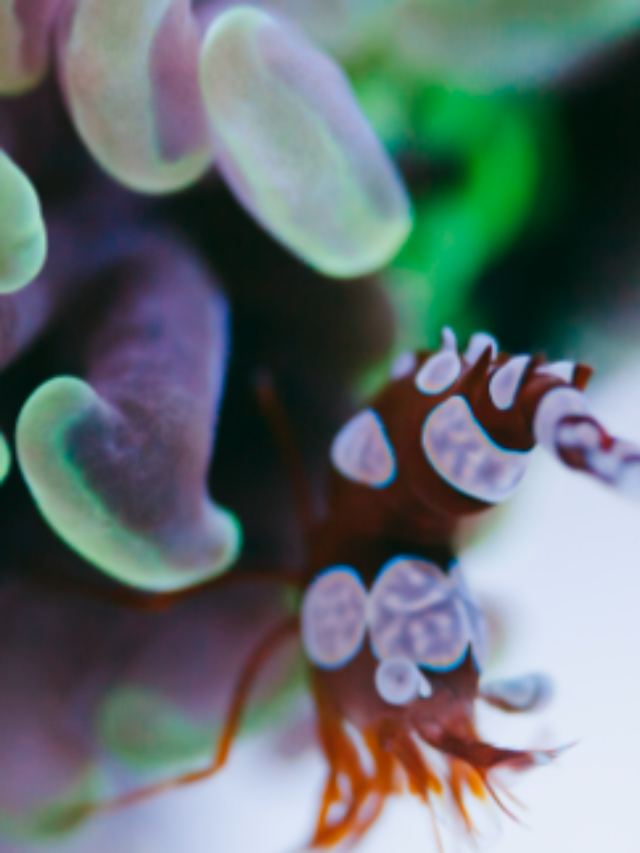
You are certainly correct there! Years ago I bought a red tail shock and put them in my 55 gallon community tank and he just nipped at everybody and was hurting on my fish so I bought him his own 10 gallon I didn’t know that his needs work 55 gallon but he live a long time in his own . I didn’t know he needed more space. Now I feel bad, thank you guys for being here. I just started another tank 20 tall two angel fish three guppies and someone gave me Molly’s so I guess I have a livebearer tank, great!Lol. But one of the mollies is starting to curve and her tail looks weird, like closed. Any ideas?
Thanx for replying patti. The sound seems like your molly is infected & it is called “Fish Tuberculosis”. Infected fish should be removed and quarantined immediately for four weeks or more. Otherwise, your other fish may feel stressed which is not good for a community tank. However, I may be wrong so do your research best & take action immidiately.